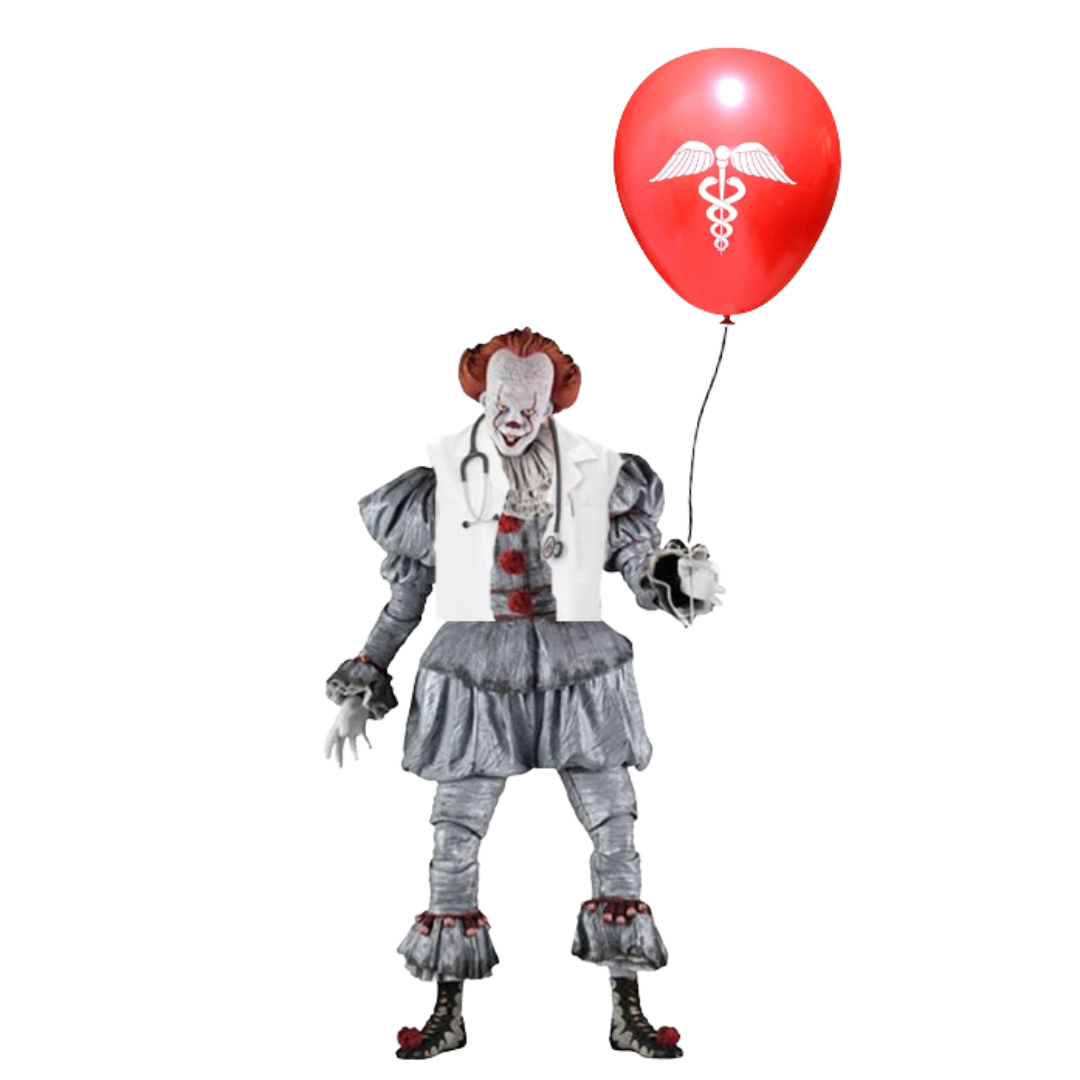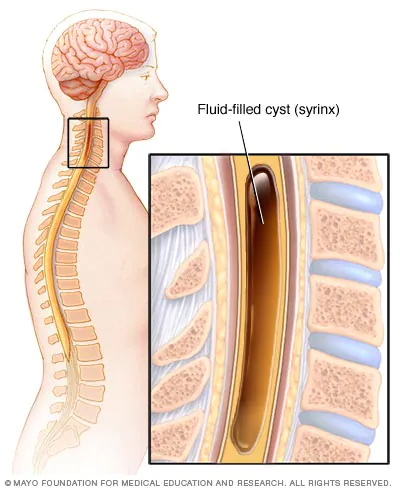Complement receptor type 1 (CR1)
Complement receptor type 1 (CR1) also known as C3b/C4b receptor or CD35 (cluster of differentiation 35) is a protein that in humans is encoded by the CR1 gene. This gene is a member of the regulators of complement activation (RCA) family and is located in the ‘cluster RCA’ reg
Hephaestin, first identified in 1999 is homologous with ceruloplasmin
Named after Hephaestus, the Greek god of metal working
Deficiency of Adenosine deaminase 2 (DADA2)
Deficiency of Adenosine deaminase 2 (DADA2) is a monogenic disease associated with systemic inflammation and vasculopathy that affects a wide variety of organs in different patients. As a result, it is hard to characterize a patient with this disorder. Manifestations of the disease include bu
A syrinx is a fluid-filled neuroglial cavity within the spinal cord, in the brain stem, or in the nerves of the elbow
A syrinx is a rare, fluid-filled neuroglial cavity within the spinal cord (syringomyelia), in the brain stem (syringobulbia), or in the nerves of the elbow, usually in a young age. Presentation Symptoms usually begin insidiously between adolescence and age 45.
Haldol: The Grim Reaper’s Sidekick
Haloperidol, better known as Haldol, is not just a drug—it’s a cultural artifact of medicine’s darker corners. It has worn many hats: psychiatric savior, hospice workhorse, veterinary tranquilizer, and even a lurking specter in the shadowy world of death cocktails. This report dives deep into



